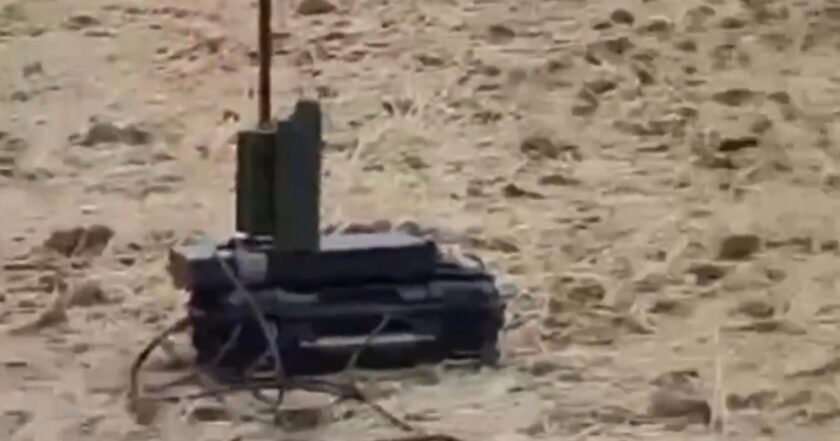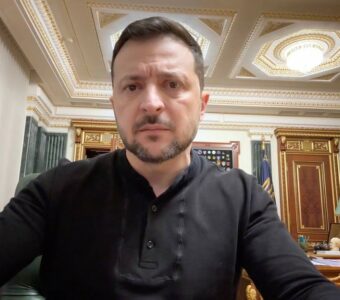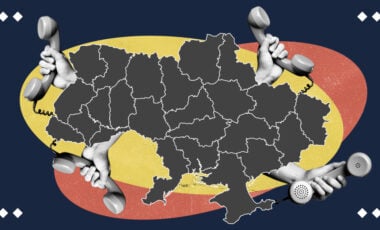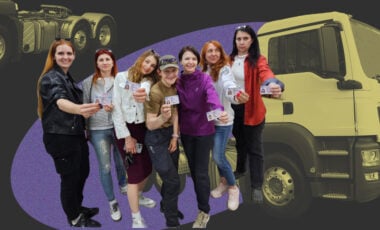Solutions to win: Ukrainian engineers unveil PARASOL trench electronic warfare system

PARASOL EW system. Photo: video screenshot
Ukrainian specialists have developed a trench complex of electronic warfare PARASOL.
Mykhailo Fedorov, Ukraine's Minister of Digital Transformation, reported that on Telegram.
What is the problem?
FPV drones, when utilized in large numbers, have the potential to cause devastating destruction due to several key factors:
- They can strike quickly and from a distance, providing safety for the operator.
- They are relatively inexpensive to acquire.
- These drones can inflict significant damage.
- They are accurate munitions, capable of hitting even moving vehicles.
So, Ukraine's military requires urgent defense solutions that can be manufactured at the same scale and speed as these drones are being produced.
What is the solution?
The Minister of Digital Transformation, Mykhailo Fedorov, said that a member of the Brave1 cluster presented the EW.
The developer has created two versions of the EW system:
- One is designed to protect positions from Russian drones.
- The other is designed to protect vehicles.
"One of the key advantages of PARASOL is that it is invisible to enemy EWs," Mykhailo Fedorov said.
How does it work?
The first development, PARASOL 01, protects military positions and jams Russian FPV drones at a distance of 200 meters.
The second development, PARASOL 02, protects the equipment: it can be installed and connected to the machine's onboard network.
Drones are intercepted by the PARASOL 02 complex also at a distance of 200 meters.
"They are very easy to use. You can learn to use them in 10-15 minutes," the minister said.
The state has already signed contracts with the developer, "MixSteel," for the purchase of two PARASOL modifications. The Defense Forces are currently making active use of them.
"Prior to the full-scale war in Ukraine, no short-range missile defense system had been developed," Mykhailo Fedorov said.
Thanks to Brave1's system work, this field began to develop, and today, there are already dozens of technological solutions that the state can buy for the front.
"Today, more than 100 developments are registered on the Brave1 platform, and 9 of them have already been codified according to NATO standards. And there will be more of them in the future," the minister added.
As a reminder, the Brave1 cluster is looking for developers of an effective solution for creating drone-interceptor.
For reference:
Brave1 is a joint initiative of the Ministry of Defense, the General Staff of Ukraine's armed forces, the National Security and Defense Council, the Ministry of Digital Transformation, the Ministry of Strategic Industries, and the Ministry of Economy.
Its purpose is to stimulate and support the development of companies working in the field of defense technologies.
Developers will also have access to an R&D resource center that will help with the necessary components, tests, and equipment.
It should also be noted that in Zaporizhzhia, engineers and students of the School of Robotics created a robot sapper for the army and emergency workers.
The combat robot "Liut" [Fury – ed.] has also been tested in Ukraine, allowing for remote task execution and potentially saving the lives of Ukrainian defenders.




















































